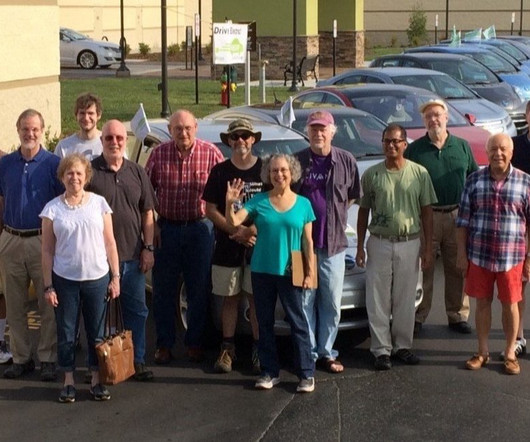NASA testing new boundary layer ingesting (BLI) propulsor; 4-8% fuel burn savings over current advanced engines
Green Car Congress
DECEMBER 12, 2016
Source: Hall (2016). NASA is testing the propulsor, designed by United Technologies Research Center with research conducted by Virginia Polytechnic and State University, in its 8' x 6' Wind Tunnel at NASA Glenn in Cleveland, Ohio. —David Arend, a BLI propulsion expert at NASA Glenn. Click to enlarge.












Let's personalize your content